In this fast pacing world, indeed parents are the most busiest people we can pertain in this matter. At this point, childcare is the assistance they could reach for. Childcare is when children are supervised and cared for by a person other than a parent or caregiver.
What Is a Childcare?
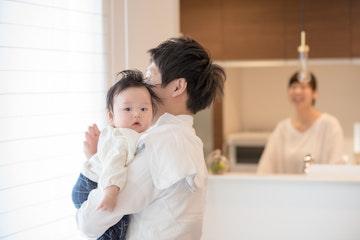
T.TATSU/shutterstock.com
Childcare can range from single-night babysitting to every day childcare for working parents. Child daycare wishes are met in many specific ways. Care in a child’s home, care in an organized baby daycare facility, or care in a provider’s domestic are all frequent preparations for preschool-age children. Older youth may receive toddler daycare services when they are no longer in school, normally via before-school and after-school packages or non-public summer time school programs. With the increasing quantity of ladies in the workforce, child daycare offerings has been one of the most talked about and quickest developing industries in the economy. Formal infant daycare centers encompass nursery schools, preschool centers, Head Start centers, and group daycare centers. Self-employed workers often furnish care in their domestic for a fee. Others furnish care for children in the child's home. Childcare can additionally be furnished through occasional babysitters or human beings who provide unpaid care in their homes for the adolescents of relatives or friends.
Types of Childcare: Government Childcare

Hyejin Kang/shutterstock.com
Factor to consider is do you qualify for Government subsidies?
If your infant is a citizen of Singapore and enrolled in childcare centres licensed with the aid of the ECDA, you will get hold of a Basic Subsidy of S$300 a month regardless of your income.
If your monthly household earnings is beneath S$7,500, then you qualify for additional subsidy, which varies from S$100 to S$440, according to your income. In order to qualify for the extra subsidy, the mom or single father wants to be working at least fifty six hours per month.
If your family is massive (five or more members) with extra than two dependents, you would be able to get greater subsidies as the calculation for large families is based on earnings per capita.
With the diversity in childcare centres in Singapore, doing your lookup and spending time to study the centres will give you a greater peace of mind and confidence when you sign up your child.
Government Childcare Fees
Government childcare is a lot cheaper than almost any private childcare option. Here are sample prices are like:
NTUC My First Skool
The prices of NTUC My First Skool are more standard than PCF Sparkletots, but it falls within the range of $678.31 to $770.40.
PCF Sparkletots Kindergartens
Prices for PCF Sparkletots kindergartens range from $496.60 to $850.50, depending on location. Generally, it’s between $600 and $700.
MOE Kindergarten
The expenses of MOE Kindergartens are more transparent. A 4-hour MOE kindergarten programme in 2019 and 2020 is $160 for Singaporeans and $320 for Singapore PRs across the board. If your gross monthly household profits is much less than $6,000, you experience further subsidies beneath the Kindergarten Fee Assistance Scheme (KiFAS). The downside is that there may additionally no longer usually be an MOE Kindergarten close to you. There are many in Punggol, though, possibly due to the fact there are more young households there.
Private Childcare Fees
Private childcare expenses are typically higher than these at the PAP centres, although there are a smattering that offer almost the equal expenditures (but be aware that low prices regularly imply being located in very a long way off areas like Chong Pang or Buangkok). On the high cease of the scale they can get astronomically high priced at over $2,000 a month. Here’s a sampling of the full-time childcare expenses charged at personal centre:
-
- St Andrew’s Cathedral Child Development Centre: $600
- Appleland Playhouse: $830
- Happy Talent Childcare Centre: $850
- Cherie Hearts: $880 to $1,498, most branches in the $1,000 range
- Kinderland Preschool: $876.30 to $1,470, most branches about $1,400
- Superland Montessori Pre
- Mindchamps Preschool: $1,797.60 to $2016.95
- Chiltern House: $2,113.25 to $2,145.35
- Little Village on the Grange: $3,723.60
In general, you will frequently discover that the PCF Sparkletots or My First Skool childcare centres have a tendency to be one of the most inexpensive selections in any given area.
Differences Between Government and Private Childcare Centres
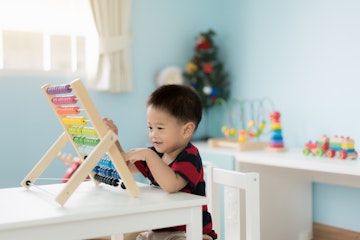
Travelerpix/shutterstock.com
Fees
The most obvious element would be the fees. Due to subsidies that government-run institutions get, the costs are considerably decrease than non-public facilities. The fees differ from about S$600 for a government childcare centre to way over S$2,000 per month if you’re eyeing the fine you can afford at the top class Etonhouse childcare centres.
The anchor childcare centres as listed above would have costs inside the S$600 to S$750 range, whilst non-public operators like Brighton Montessori should set you returned close to S$2,000 a month. Private childcare centres may additionally provide greater offerings such as innovative programmes as well as more instructors or extraordinary pedagogies.
Teacher to pupil ratio
Classes in private centres have a tendency to be smaller than that in government childcare centres. The extra one-of-a-kind personal centres have a ratio of one trainer to five children, while the government mandate is one trainer for each 20 children for preschoolers between four and five years of age.
Pedagogy and philosophy
Parents get more preferences for pedagogy and philosophy in private childcare centres. You may have heard of the famous Montessori early childhood schooling gadget even if you aren’t a school-seeking parent.
The Montessori gadget is one that enables adolescents to work and in some ways direct their personal studying with their natural curiosity. It’s also very different to the normal Singaporean way of learning as there are no grade or tests, and especially designed gaining knowledge of materials are used in a mixed-age environment.
Children are developed in four areas – sensible life, sensorial, mathematical, and language. There are solely a few schools that can be considered a real Montessori school, so do your lookup and take a look at earlier than committing.
In addition to Montessori, there are additionally different private colleges with unique philosophies such as the Waldorf school which emphasises on creative getting to know and the arts, and Reggio Emilia which develops a child’s gaining knowledge of skills through working together in projects as nicely as exploring the environment.
Location
Location wise, Government childcare centres can be found island extensive in heartland areas, whereas personal childcare centres, specifically the top rate ones, tend to be headquartered round the downtown core.
You Might Consider These Top Factors!

Rawpixel.com/shutterstock.com
Is It Really Worth It to Send Your Child to Private Childcare Centres That Cost More Than $2,000 per Month?
What if you knew that saving the difference of $1,000 per month over a 3-year period (for instance when your child is 3-6 years old) and compounding these savings over time at a modest rate of 2.5% p.a. would pay for your child’s entire university fees? Currently, tuition fees for the vast majority of university courses at NUS costs under $9,000 per annum (yes, lower than childcare fees). Factoring in an inflation rate of 2% p.a., and assuming a 4-year course, your 3-year old child’s university tuition fees would cost $49,420 in 16 years’ time. Savings of $1,000 per month over 3 years compounded at 2.5% p.a. amount to $37,405. This principal amount, without adding a single cent to it will snowball to a tidy sum of $51,563 over 13 years when compounded at 2.5% p.a. So, it's true that going for an average-cost full-day childcare service of $900+ per month and saving the $1,000+ every month on fancy private childcare will literally pay for your child’s future university education.
Is Pricier Better?
Is childcare becoming a luxury good? Is it your goal to see your child network with the sons and daughters of who’s who in society to get a headstart in life? Or are you simply equating higher school fees to higher quality of teachers and care? It is understandable that as a parent, you’d want to provide the best for your children, however, as with most things in life, costlier options aren’t necessarily better. The fees for PCF kindergartens differ from branch to branch, but at $75-$350 per month, theirs are the most value-for-money service available for your children.
Stretch Every Dollar in Your Child Development Account
As is the style of our government who reward people who help themselves, the baby bonus is essentially a dollar-for-dollar matching scheme. For your 1st and 2nd child, the government will give you up to $6,000 for every dollar that you save in your kid’s Child Development Account (“CDA”) (this is a savings account that you can open with OCBC or Standard Chartered Bank). And for your 3rd and 4th child, the matching from the government doubles to $12,000. Be sure to check if the childcare you intend to send your kid to is an approved institution for reimbursement using your CDA, as that essentially halves your childcare fees. Choosing between a more affordable or expensive centre makes the difference whether you CDA funds from the government last for a year or for the length of your kid’s pre-school years.
Other Alternatives to Childcare
With childcare services starting from just 18 months old, is it necessary to pack your child off to school at such an early age? Some options would be for your parents or parents-in-law to care for your toddlers while you work in the day, or to hire a nanny or be a stay-home parent while your children are young. After all, nothing beats being there to see your little ones walk or talk for the very first time. Anyway, they have at least 15-years of formal education ahead of them, a few years at the beginning spent nurturing them will build up many cherished memories for when the years of child-rearing are done and dusted.
Also, there are a whole host of freelance opportunities and small businesses that a stay-home parent can look into to supplement the family’s income. FInal Verdict: It’s up to you parents whether you avail government child care or private child care because at the end of the day it’s your decision to give the best for your child.

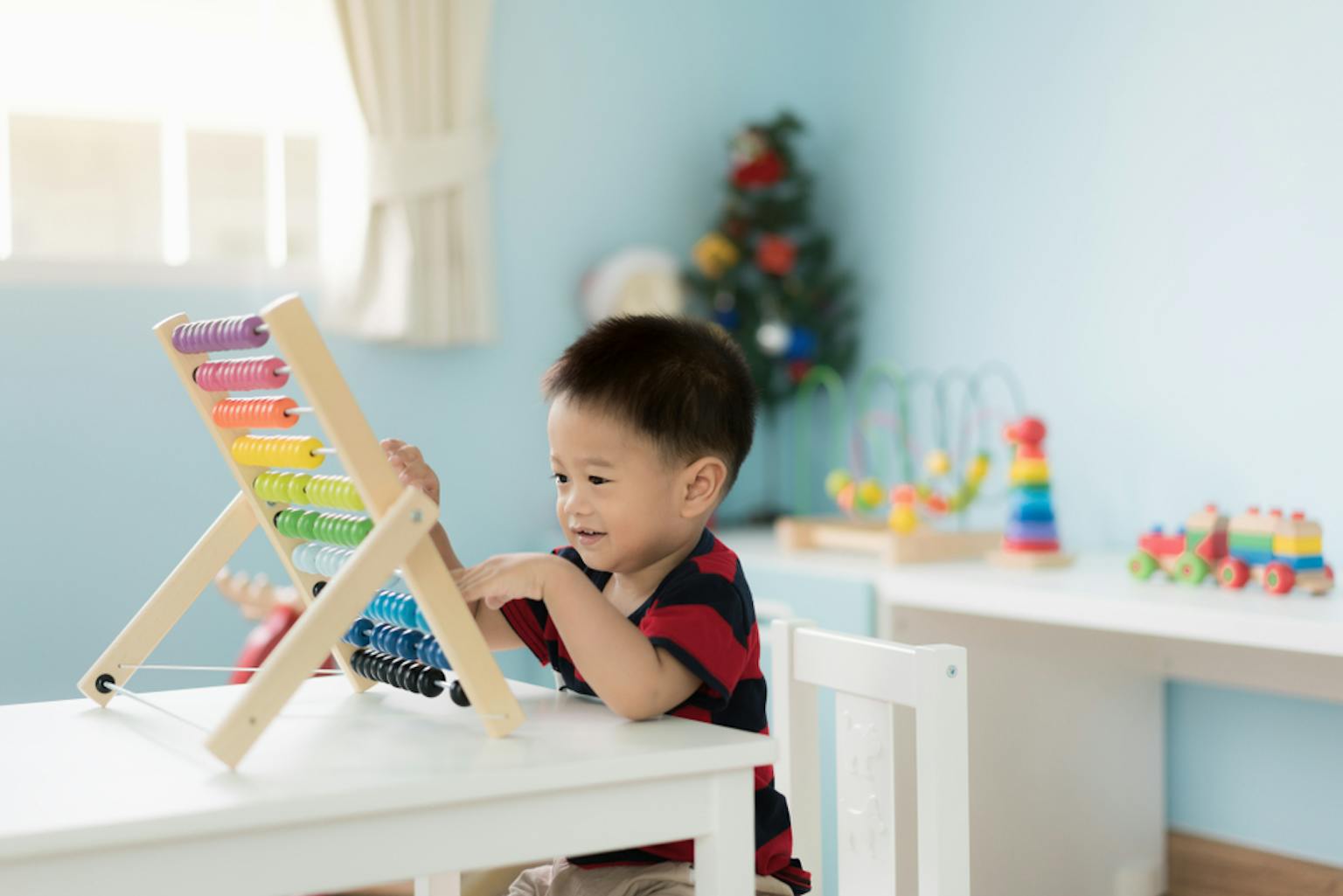





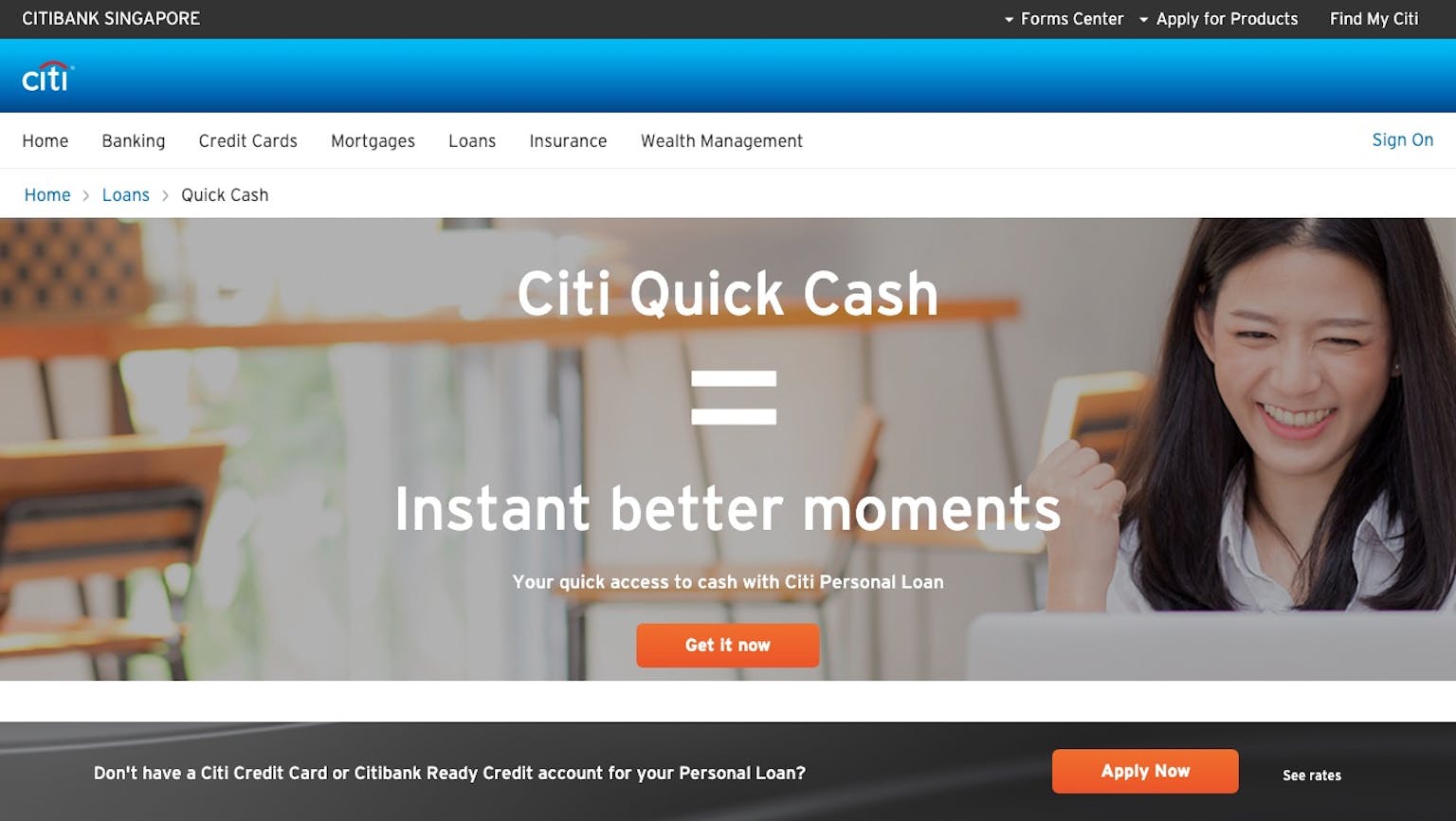
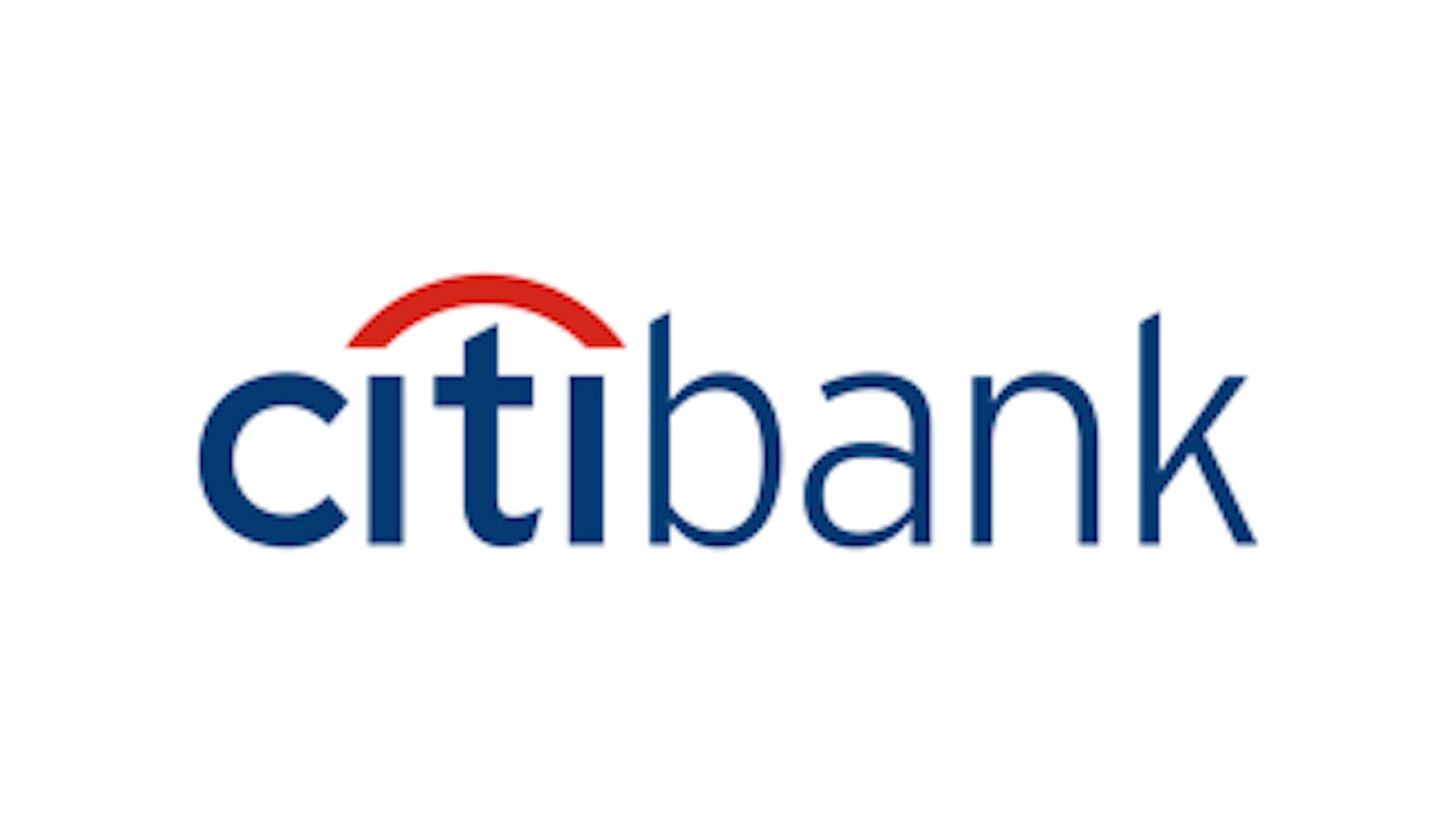

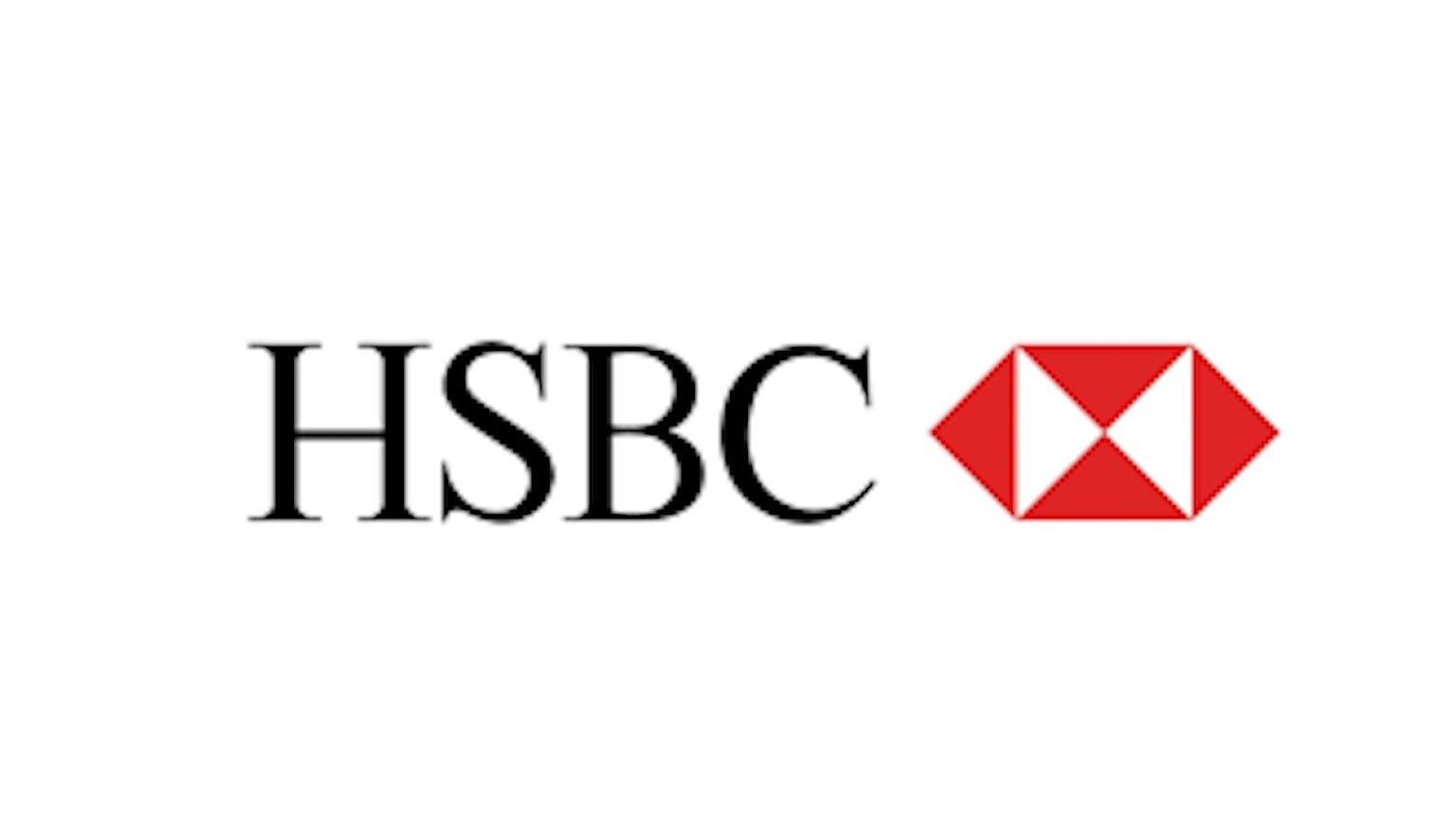


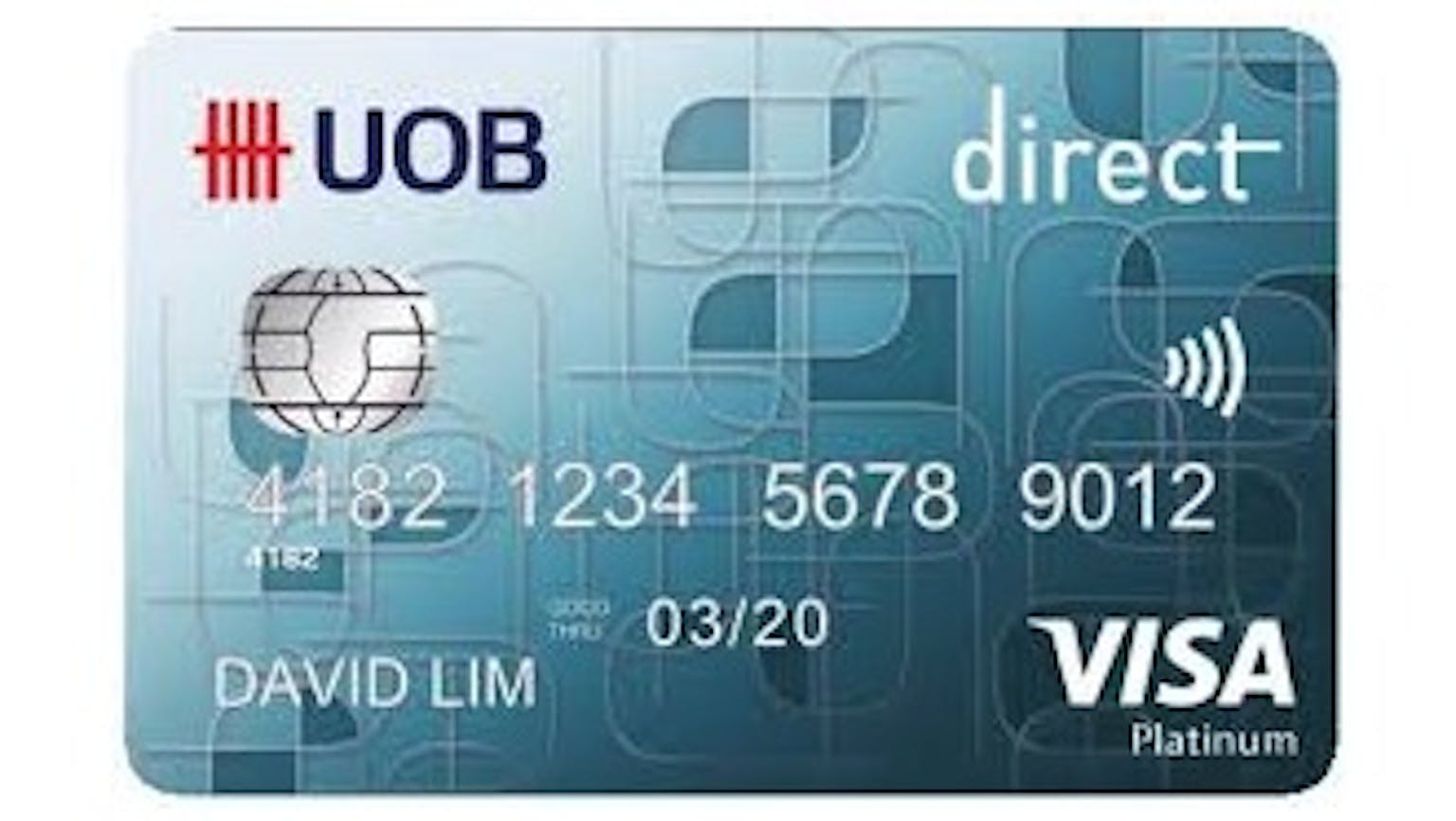
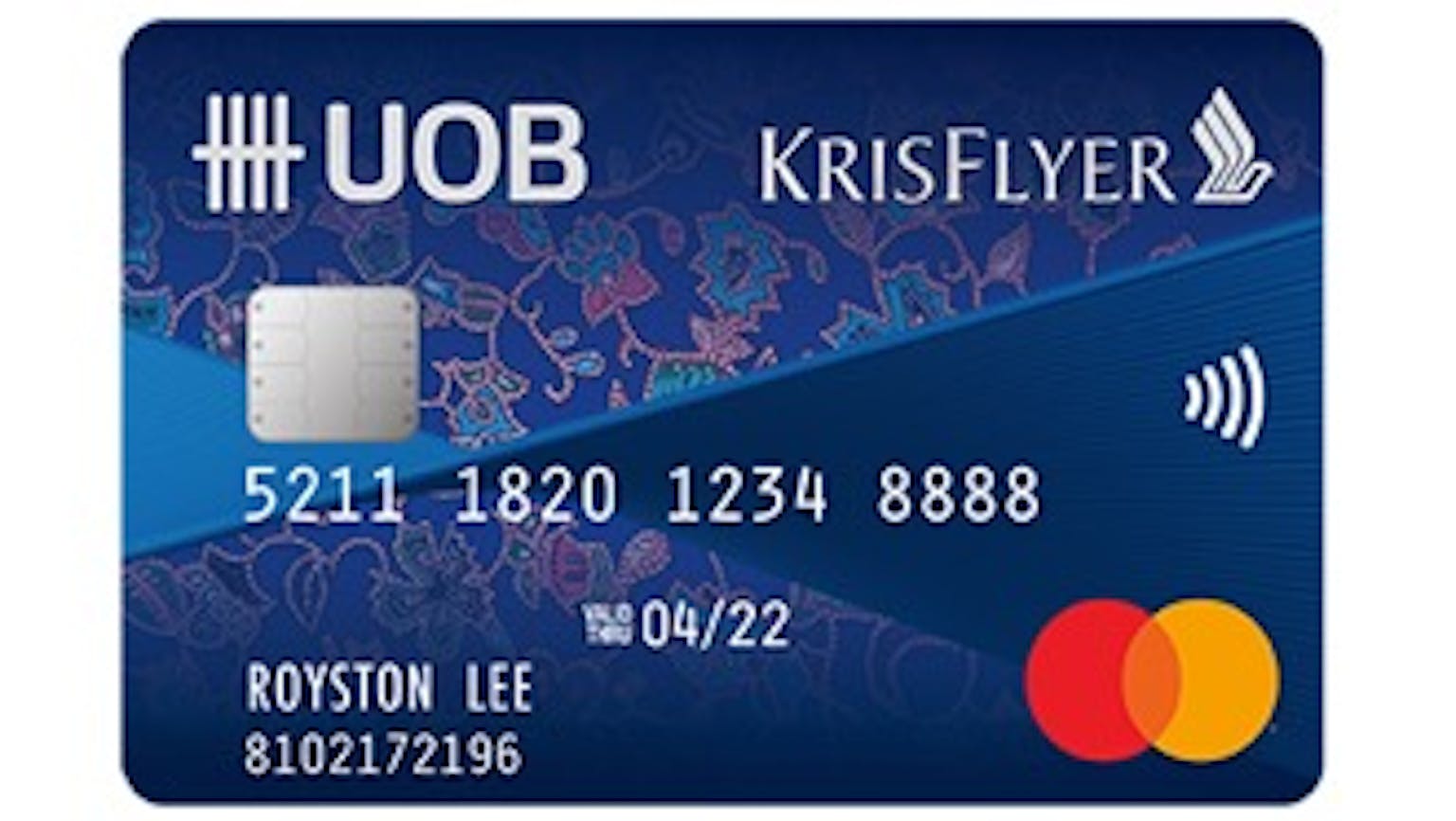
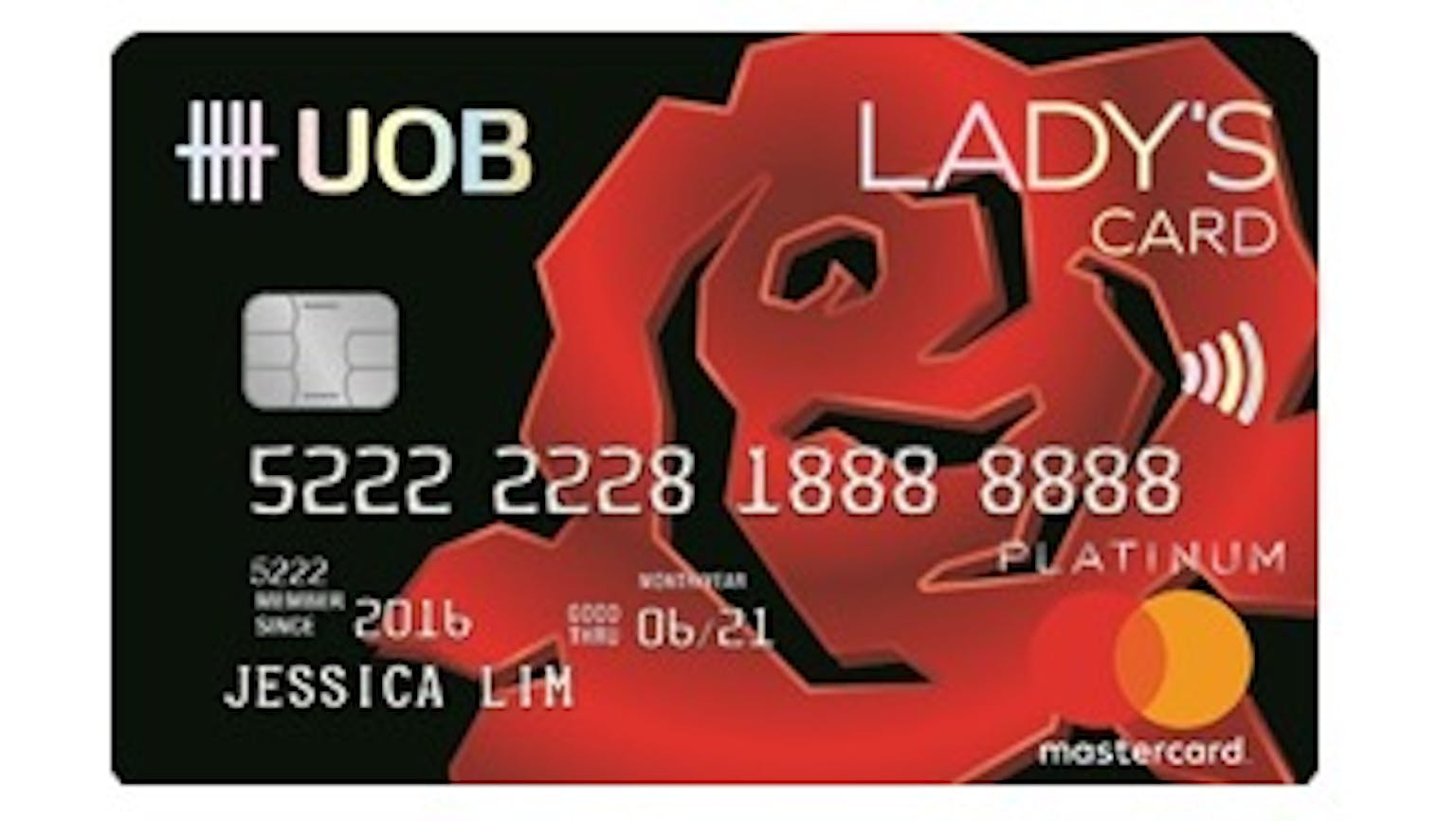
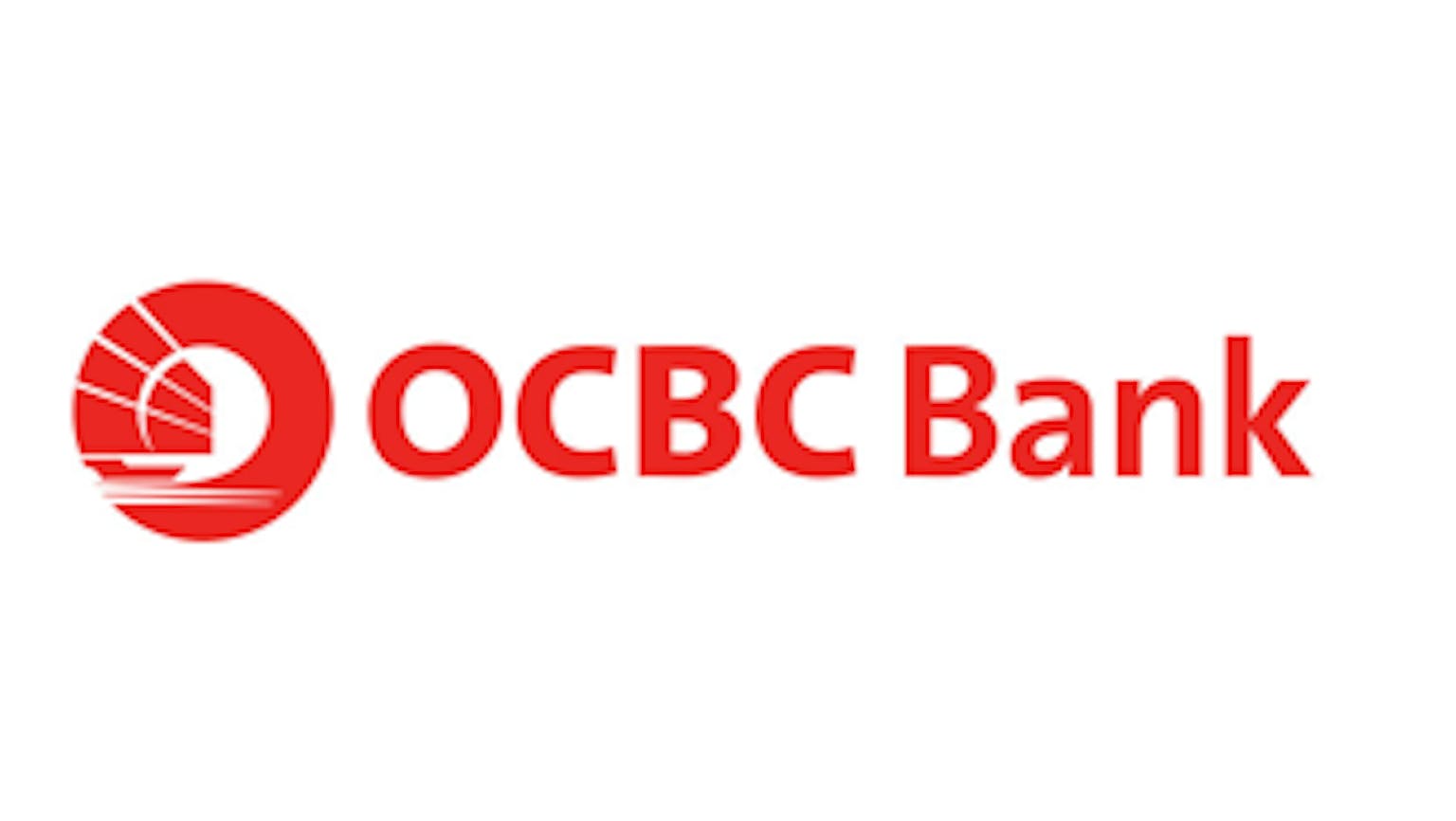
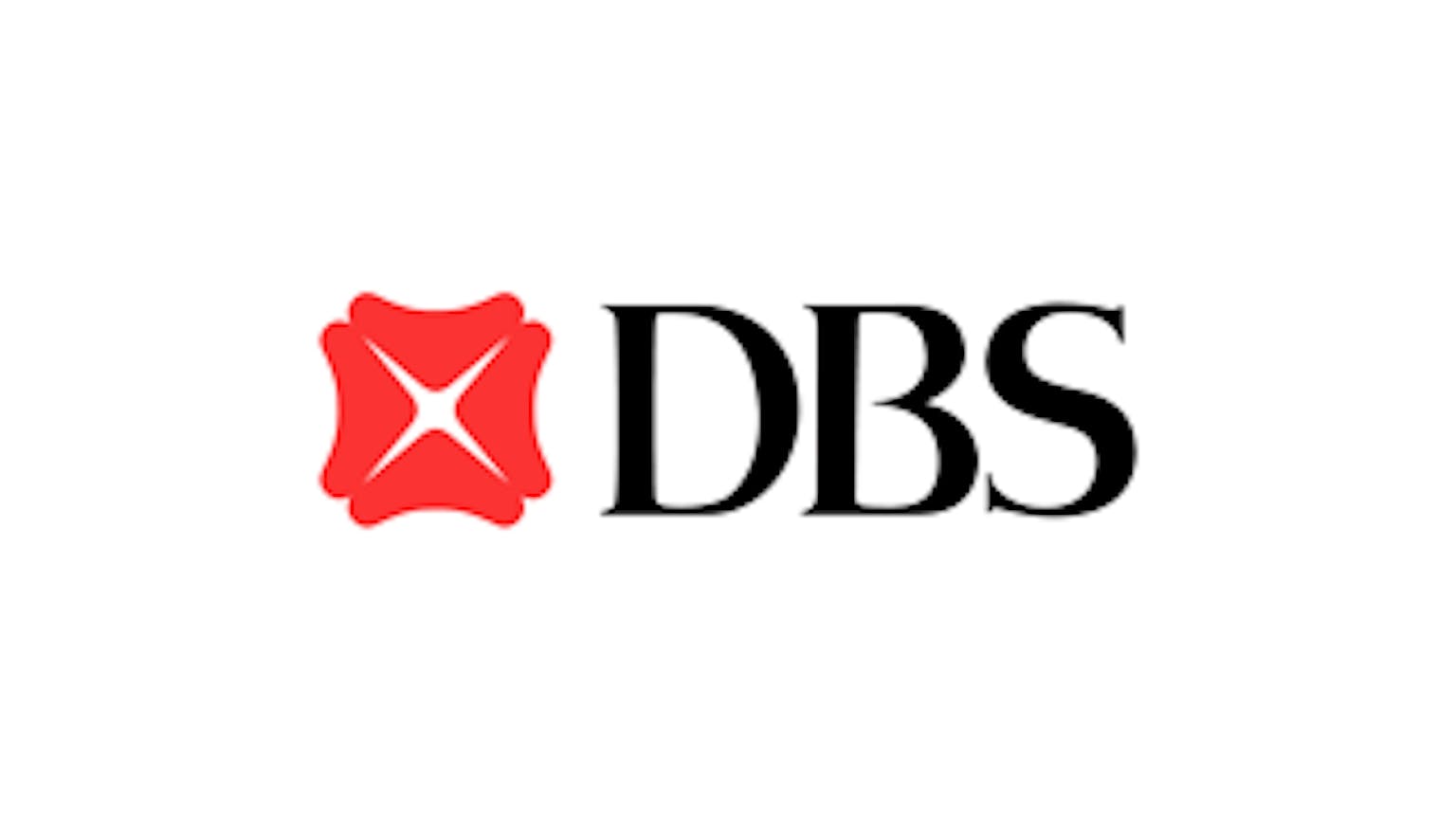
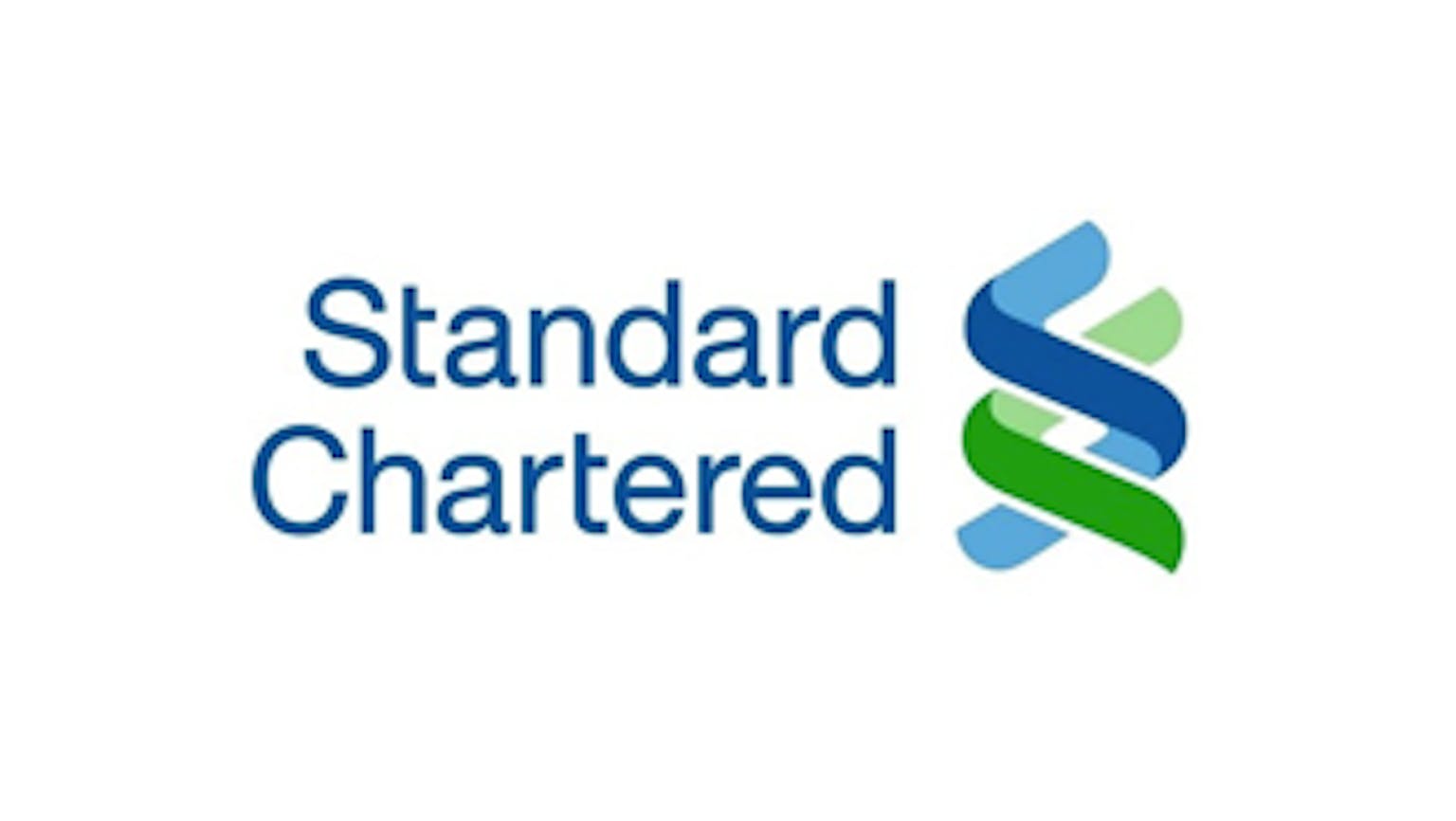
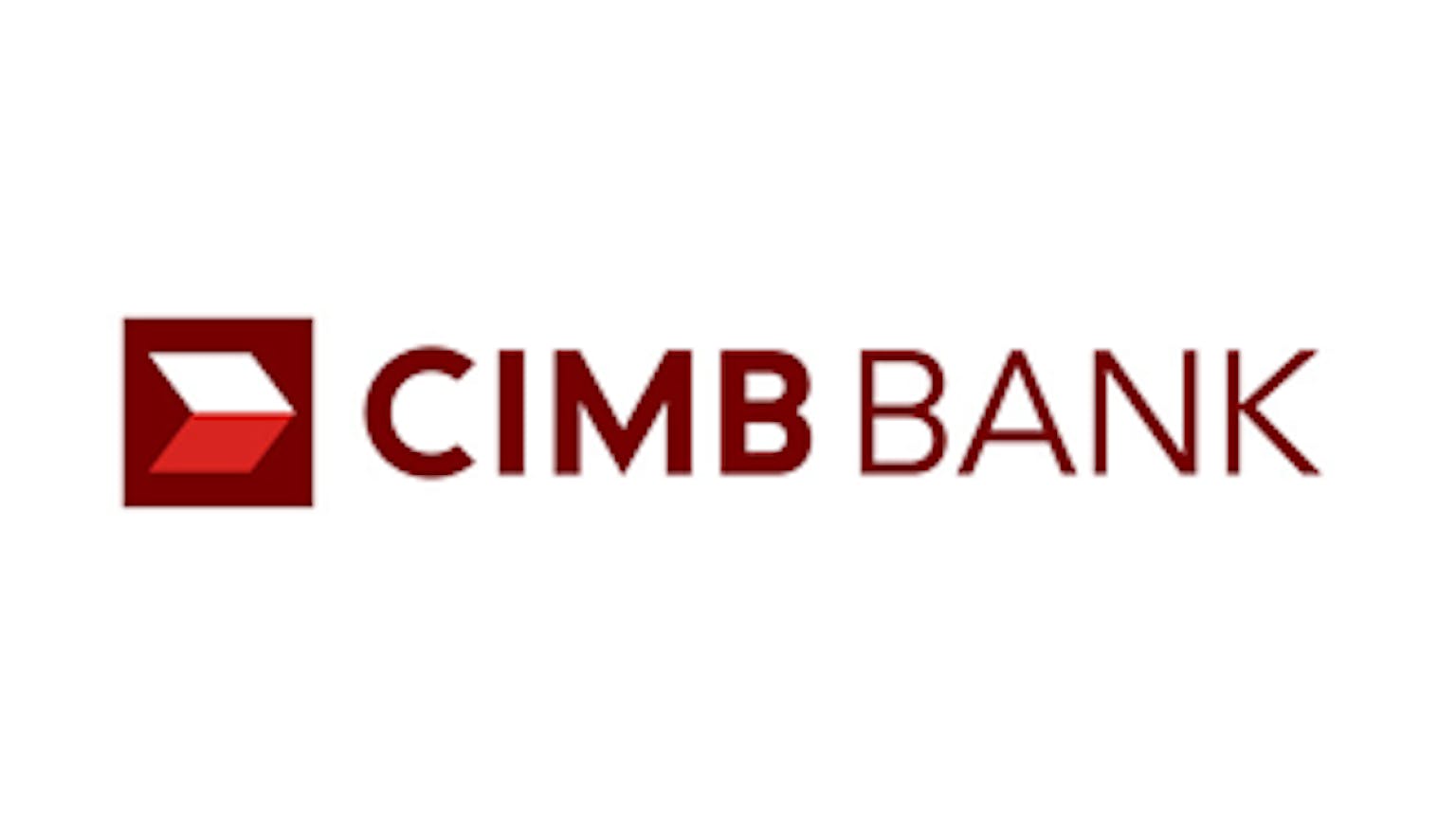

Clement
So is it really worth to send kids to more expensive childcare? .....................................